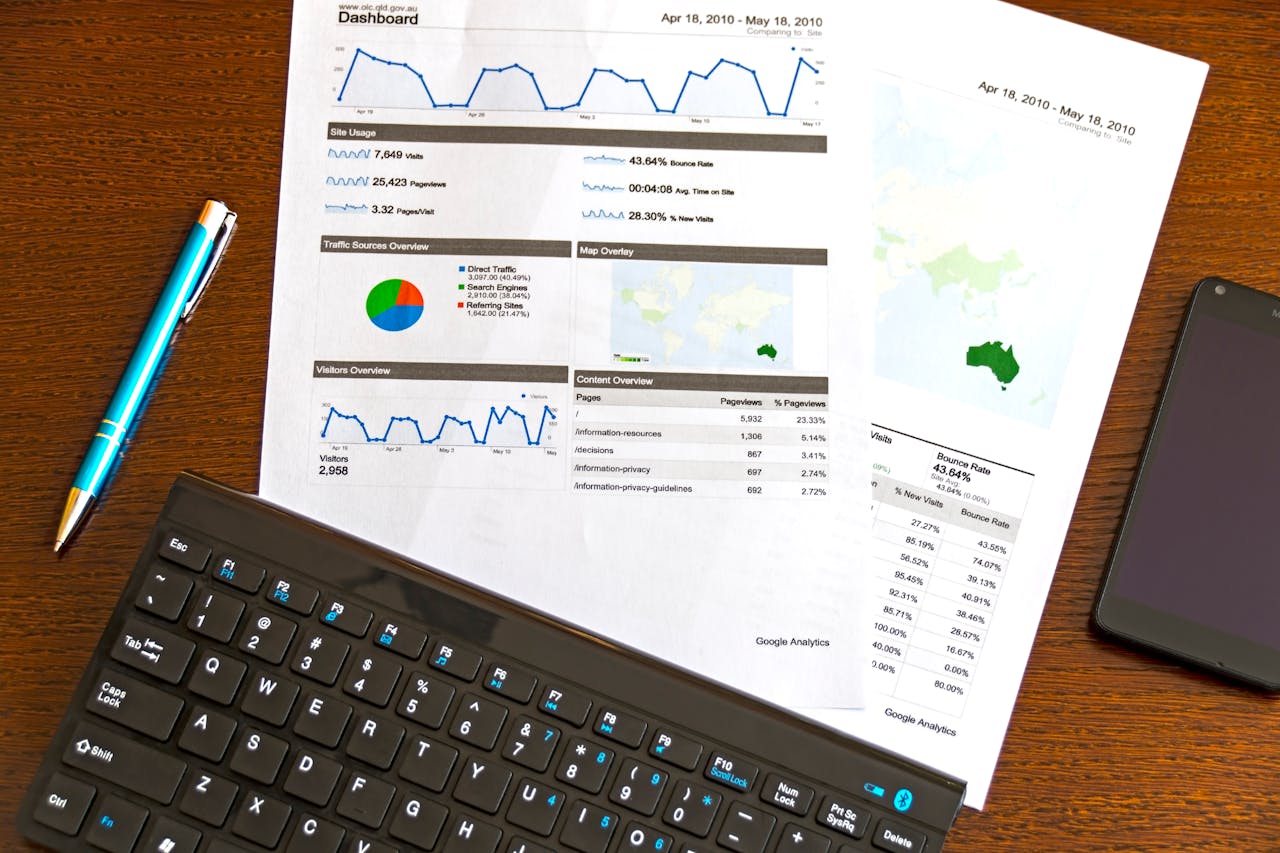Managing portfolios, tenants, financials, vendors, and investors?
The Yardi Software System can serve as a powerful foundation for your property management business.
From CRM platforms to utility billing software and document management tools, third-party systems are a critical part of daily operations. When integration is handled well, teams experience smoother workflows, reduced manual entry, and real-time data consistency. When it’s not, systems operate in silos, and inefficiencies pile up.
Integrating third-party solutions with the Yardi ecosystem is all about knowing how to work within the Yardi integrations strategies and aligning structure with operational goals.
Here’s a practical breakdown of best practices for firms looking to make their Yardi environment work smarter alongside the tools they already rely on.
Understand Your Yardi Platform Architecture Before You Begin
Before you connect any external software, it’s important for you to understand how your Yardi platform architecture is built. Yardi operates as a modular, cloud-based ERP that links leasing, accounting, facilities, maintenance, and investment workflows. Its architecture is designed to scale based on portfolio size and business function.
Some parts of the platform are better suited for integration than others. For example, Voyager, the core of the Yardi ecosystem, offers web services for API-level connections, while some older or limited-use modules may require batch file exchanges.
Knowing where the data lives and how Yardi handles that data behind the scenes can help avoid misaligned expectations. It also helps third-party vendors build connectors that match Yardi’s data structures, reducing duplication or sync delays.
Accurately Define the Role of Each System
A common integration pitfall is unclear system ownership. If both Yardi and the third-party system try to manage the same data, you risk double entry and conflicting records.
Each system in your tech stack should have a clear role. Use Yardi for property-level financials, lease administration, and service requests if that’s already well-established. Let the CRM handle lead nurturing and marketing automation. Document management platforms can take over long-term file retention and external file sharing.
This delineation makes sure that your Yardi software system remains the source of truth where it makes the most sense, especially for accounting, lease compliance, and rent roll reporting.

Choose the Right Integration Method
Not all third-party systems integrate with Yardi in the same way. The integration method you use depends on your goals, data complexity, and budget.
1- API Integrations
These allow real-time syncing and are best for critical, time-sensitive data like leasing, work orders, or payment transactions. Yardi’s API documentation is available for partners and clients via licensed access.
2- Flat File Transfers (CSV/XML)
These are better suited for nightly syncs of static data, such as tenant contact updates or invoice batches. It’s a reliable method for systems without a strong API infrastructure.
3- Middleware Solutions
These platforms sit between Yardi and other tools, providing additional formatting, logic, and error handling. Middleware can be useful when connecting Yardi to systems with limited customization options.
Regardless of the method, prioritize connections that avoid manual file uploads and support error logging. Smooth integration often depends more on reliability than speed.
Coordinate with Yardi System Integration Specialists
Getting an integration off the ground isn’t just a technical task. It requires insight into Yardi’s backend logic and business rules. That’s where dedicated Yardi system integration specialists come in.
These professionals understand how different Yardi modules communicate with one another, what restrictions exist at the field level, and how updates affect downstream processes like reporting and compliance.
Working with specialists shortens development timelines and helps avoid common mistakes like improper record hierarchy, incorrect table mapping, or invalid data formatting. It also provides you with access to field-tested solutions that may already exist for your use case.
Validate Key Yardi System Components
Each Yardi instance is customized at some level. Your chart of accounts, property setup, unit types, and custom fields may differ from another firm’s configuration. That’s why it’s critical to validate your Yardi system components before launching any integration.
Test how external data flows into the system and whether it impacts existing automation, workflows, or validation rules. For example, if you’re syncing lease documents from a third-party digital signature platform, check how those documents appear in Voyager. Are they being tagged correctly? Are they accessible through the resident record?
Make Use of Native Yardi Software Features
Sometimes, the functionality you need already exists inside the Yardi software features you’re using. For example, RentCafe already includes modules for resident portals, online payments, and maintenance requests, making it unnecessary to integrate with a separate tenant-facing tool.
Yardi also offers out-of-the-box tools for bank reconciliation, utility billing, procurement, and compliance tracking. If the goal of your integration is to streamline data flow, you may want to start by seeing what Yardi modules can handle before bringing in additional platforms.
Monitor Ongoing Performance
Once integration is live, your work isn’t done. Routine monitoring is essential to catch data mismatches, sync failures, or logic breaks.
Use audit trails, error logs, and batch processing reports to monitor performance. Many middleware platforms and APIs include diagnostic dashboards that show you what was sent, what failed, and why. Assign ownership to someone on your team to check these reports regularly.
Yardi’s platform capabilities make it possible to generate system alerts when a sync fails, or a threshold is missed. These small automations go a long way in preventing long-term data issues.
Prioritize Security and User Permissions
Whenever systems are connected, access control becomes even more important. If a third-party system feeds into Yardi, or vice versa, you need to verify that data is shared only with the right people.
Make sure all systems use encrypted connections (e.g., HTTPS, VPN, SFTP) and align user permissions so that sensitive financial data isn’t exposed unnecessarily. Where possible, use role-based access in both Yardi and third-party platforms.
Final Thoughts
Integrating your Yardi Software System with third-party tools can significantly reduce manual work and streamline your operations. However, integrations are only as effective as the strategy behind them.
By understanding your platform’s architecture, working with experienced specialists, validating components, and leveraging the right connection methods, you can build an integrated environment that supports your business, not complicates it.
The best integrations aren’t just about connecting systems. They’re about building a tech ecosystem that reflects your operational priorities, safeguards your data, and supports your team’s workflow at every stage.





